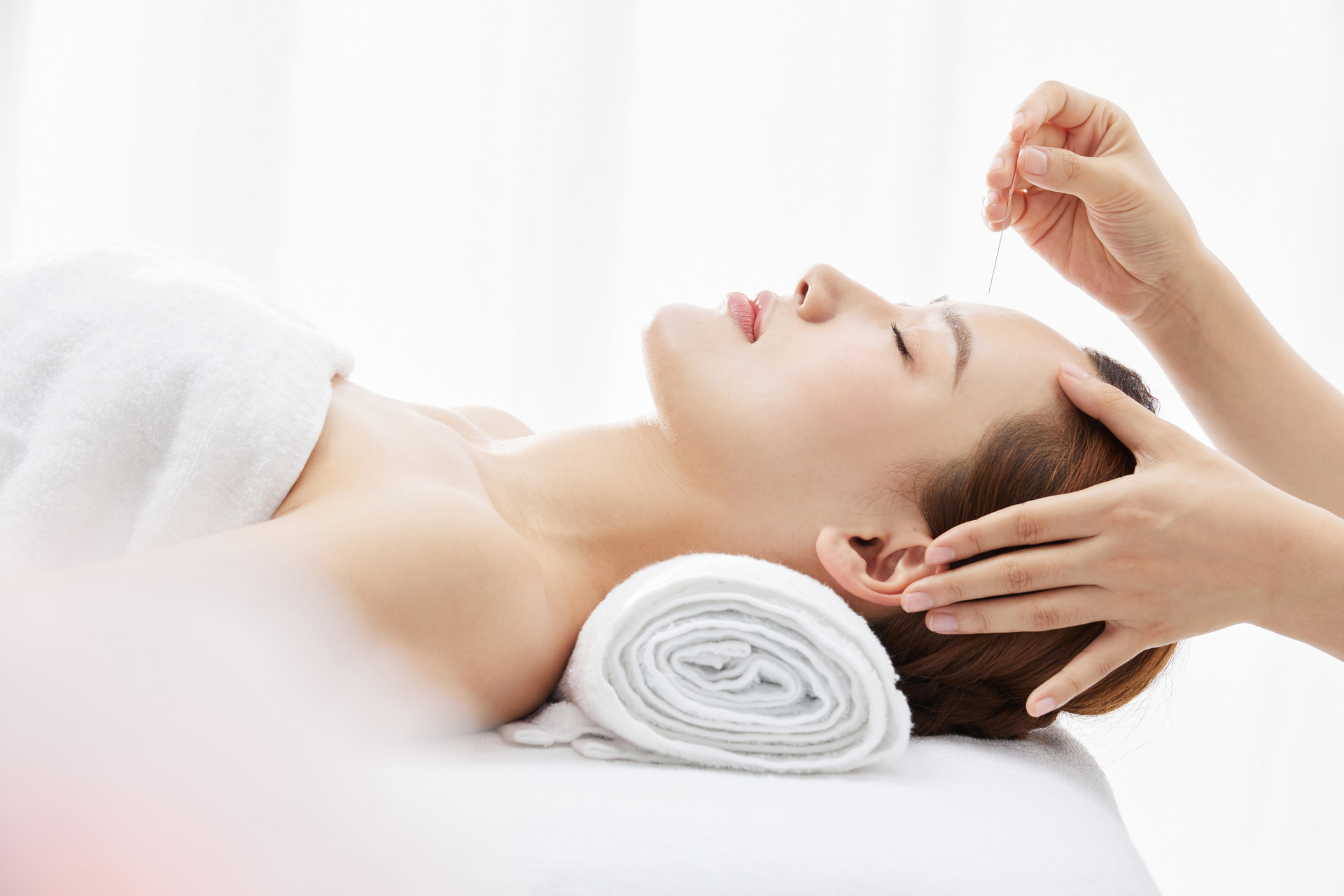Sitting the month after childbirth is a well-known practice for women. It not only helps the mother's body recover, but also prevents diseases and ensures an adequate supply of breast milk. The method of using moxibustion for postpartum conditioning has also been recognized by doctors. Let's learn about the benefits and methods of postpartum moxibustion.
Why is it necessary to sit the month after childbirth?
1. Rest the body
After pregnancy, women are often affected by hormones and the growth of the fetus, leading to insomnia. As the pregnancy progresses, insomnia becomes more severe, and the body does not get enough rest.
Additionally, during the period when the child is born, the mother's physical energy is depleted, and she needs to breastfeed around the clock. The combination of these factors can leave the mother mentally and physically exhausted, making it necessary to sit the month for sufficient rest.
2. Ensure breastfeeding
After giving birth, women's bodies are often weak and deficient in Qi and blood. Sitting the month can help the body recover quickly and ensure the quality and quantity of breast milk, allowing the baby to be well-nourished.
3. Prevent diseases
After giving birth, women's bodies are relatively weak and susceptible to diseases, such as wind and cold. There are also wounds in the body, especially in the perineal area, which are vulnerable to infection and inflammation if not taken care of.
What diseases can postpartum moxibustion treat?
1. Lochia
Lochia is the natural and beneficial physiological phenomenon of the body's recovery during childbirth. If the uterus does not contract properly, there may be an increase in the amount and duration of lochia.
In this case, mild moxibustion can be applied to points such as Guanyuan, Zhongji, Dachangshu, and Ciliao, with each point being moxibusted for 20 minutes, until a sense of warmth is felt.
2. Lower back pain
After childbirth, the center of gravity returns to the pre-pregnancy state, but the joints and ligaments remain relaxed for a period of time. Incorrect breastfeeding postures or excessive fatigue can lead to lower back pain.
Moxibustion can be applied to points such as Dachangshu, Mingmen, and Shenshu for 20-30 minutes per point, once a day, consistently.
3. Stomach discomfort
After childbirth, the secretion of gastric acid decreases, and the tension and peristalsis of the stomach and intestines weaken. Combined with the prolonged bed rest during the puerperium, new mothers are prone to gastrointestinal discomfort and constipation.
Moxibustion can be applied to points such as Pishu, Dachangshu, Tianshu, Daheng, Zusanli, and Shangjuxu for 15 minutes, twice a day. It is best to have gas release during the moxibustion process.
Introduction to postpartum moxibustion therapy
1. Insufficient lactation
Weak Qi and blood: If there is no or insufficient breast milk after childbirth, the breast milk may be clear and thin, and the complexion may be pale.
Points to be moxibusted include Shaoze, Tanzhong, Rugen, Zusanli, and Fuliu.
Liver Qi stagnation: If the breast milk is not flowing well and there is breast distension and pain, as well as discomfort in the chest and ribs.
Points to be moxibusted include Shaoze, Tanzhong, Rugen, Taichong, and Neiguan.
Moxibustion should be applied for 15-35 minutes each time using a moxibustion instrument, once a day, for a total of 10 days.
2. Postpartum abdominal pain
Points to be moxibusted include Guanyuan, Qihai, Ziyinjiao, Zusanli, and Sanyinjiao.
Moxibustion should be applied for 15-35 minutes each time using a moxibustion instrument, once a day, for a total of 5 times.
3. Excessive lochia
Points to be moxibusted include Pishu, Zusanli, Shenque, Qihai, Xuehai, and Sanyinjiao.
Moxibustion should be applied for 15-35 minutes each time using a moxibustion instrument, once a day, for a total of 7 days.










